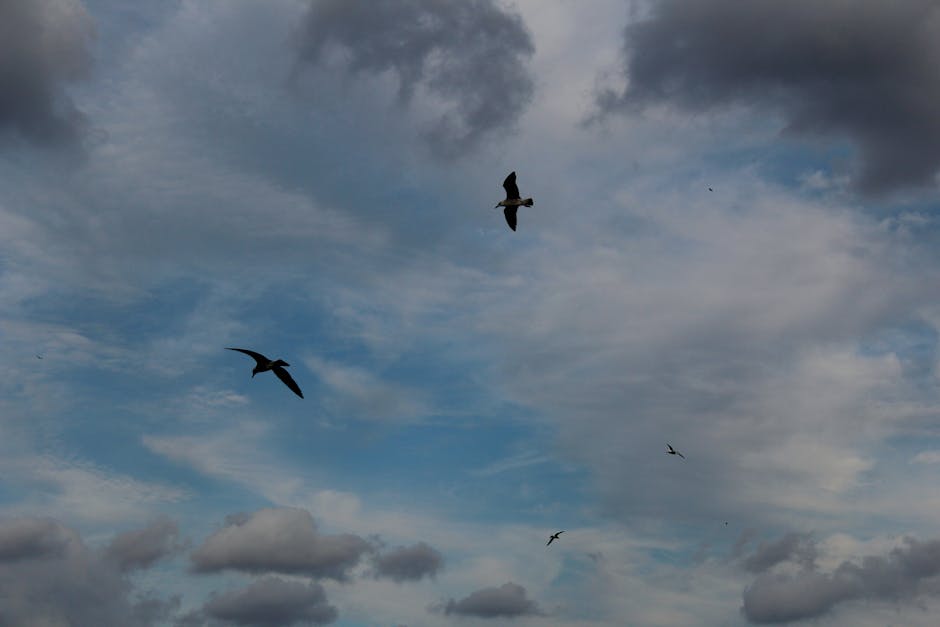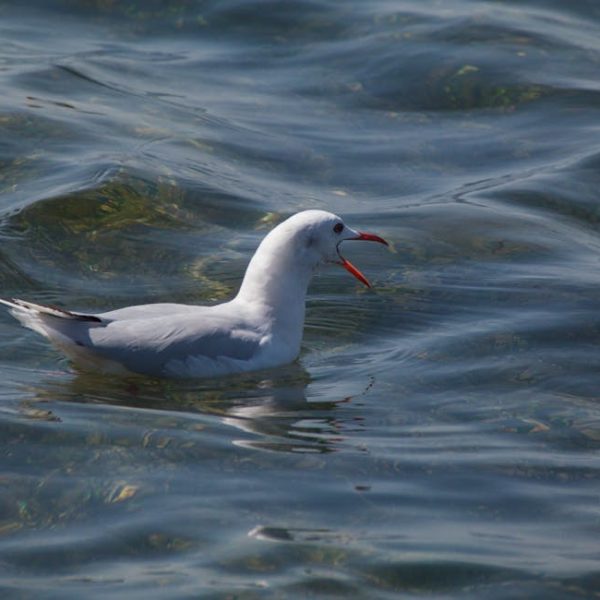Dead birds do indeed vanish, but their absence is far from a mystery if we understand the complex workings of the natural world. Death, integral to life’s cycle, is not its end but a bridge to rebirth in various forms. From predators and scavengers dispatching carcasses, natural decay replenishing the soil, pathogens spreading, to the effects of human activity, dead birds contribute to a fascinating lifecycle in our ecosystem.
The Impact of Predation and Scavenging
Instead of lingering on the ground, most bird bodies disappear rapidly, thanks to predators and scavengers. These creatures play a crucial role in recycling dead birds, assuring their nutrients return to the food web. Among the animals that scavenge on carcasses are foxes, badgers, and fellow birds of prey.
Moreover, here is a list of common predators and scavengers known to feast on dead birds:
- American Crow
- Red Fox
- Badger
- Raccoon
- Turkey Vulture
Pro Tip: Signs of bird predation or scavenging include feather spots, blood traces, and disturbed soil surrounding the carcass. Look out for these clues to spot natural scavenging activities in your surroundings.
Natural Decay and Decomposition
When not devoured by predators or scavengers, bird bodies undergo a process of natural decay and decomposition. Starting with the physical decay due to weather and insects, the body transitions into chemical breakdown assisted by bacteria and fungi. This nourishes the soil and, by extension, sustains plant life.
If you’re a bird enthusiast, promote natural decomposition to support your local ecosystems. Here is a simple guide to understand the decomposition process:
1. Fresh stage: Insects arrive, laying eggs in the carcass.
2. Bloat stage: Gases produced by bacteria inflate the body. Many eggs hatch into larvae.
3. Decay stage: The body deflates; larvae and adults insects devour the corpse.
4. Post-decay stage: Remaining material consists mainly of bones, hair, and cartilage.
5. Skeleton stage: Slow decaying of dry remains; the site gradually returns to its original state.
The Role of Disease and Parasites
Diseases and parasitic infestations contribute to bird mortality. Certain bacteria, fungi and parasites utilize avian carcasses as a means of propagation. For example, West Nile Virus and Avian Influenza are common diseases that can decimate bird populations, and these pathogens often continue their lifecycle through the deceased host.
While such a phenomenon supports biodiversity, it potentially fosters disease transmission among animals and occasionally to humans. To illustrate, below is a comparison of how two different parasites – blowflies and roundworms – exploit bird carcasses:
| Parasite | Use of Bird Carcass |
|---|---|
| Blowflies | Lay eggs that hatch into larvae, feeding on the carcass. |
| Roundworms | Adult worms lay eggs in the intestines of birds; these eggs are spread through bird droppings. |
In the next response, there will be a discourse on bird mortality through human activities and finally, bird disposal and composting. Although there is a human-induced adverse impact, there are measures that individuals can take to mitigate these effects. The discussion will culminate in how responsible disposal, especially composting, has multiple benefits for the environment.
Bird Mortality through Human Activities
Human activities provide another piece of the puzzle to where dead birds go. Bird fatalities occur due to collisions with buildings, cars, and wind turbines. Habitat destruction, pollution, and hunting compound the issue. These factors don’t only influence bird mortality but also affect species diversity by decreasing certain populations, which in turn changes the dynamics of carcasses in the ecosystem.
However, we can lessen this impact by adopting best practices that are environmentally friendly:
- Avoid using harmful pesticides or chemicals that can poison birds.
- Install bird-safe glass or window decals to prevent collisions.
- Restrict pets, especially cats, who are predators to many bird species.
- Keep bird feeders clean to prevent disease spread.
- Promote native plant growth for bird habitats.
Pro Tip: Creating a bird-friendly habitat in your backyard is an effective precautionary measure. It helps support local bird populations and keeps them away from risk-prone areas such as roads and windows.
Bird Disposal and Composting
After bird mortality events such as disease outbreaks or following humane euthanizing, properly disposing of carcasses is critical. A common method adopted by many poultry farmers and wildlife centers is composting. This technique not only reduces waste but also helps control disease spread and creates nutrient-rich compost.
It’s important to realize, however, composting bird carcasses does come with challenges. The process calls for adequate management to avoid attracting scavengers or emitting unpleasant odors. Furthermore, specific composting regulations need to be followed.
Checklist to safely and effectively compost bird carcasses:
1. Identify a suitable composting site, away from water sources and high traffic areas.
2. Prepare composting materials, including carbon sources like straw, wood chips, or leaves.
3. Lay down a 2-ft layer of the composting material.
4. Place the bird carcasses on the layer, keeping them at least 6 inches apart.
5. Cover the bodies completely with another 2-ft layer of compost.
6. Monitor the pile regularly, turning it to encourage aeration and ensuring it reaches a temperature high enough to kill off pathogens.
In sum, whether through predation, decomposition, disease spread, human activities, or composting, we see that dead birds don’t simply disappear – they embark on a new journey, completing a significant cycle in the ever-fascinating natural world.
Key Takeaway:
- Predators and scavengers play a vital role in maintaining the ecosystem by consuming dead birds and returning their nutrients into the food web.
- Natural decay and decomposition processes transform dead birds into valuable nutrients, enhancing soil quality and plant growth.
- Diseases and parasites that cause bird deaths use the carcasses as a means to continue their life cycle, promoting a form of biodiversity but also potentially spreading disease to animals and humans.
- Human activities, such as collisions with man-made structures, habitat destruction, pollution, and hunting, add significantly to bird mortality and alter the balance of different bird species’ carcasses in the environment.
- Dead birds can be effectively composted, reducing waste, controlling disease spread, and creating nutrient-rich compost. This approach, however, requires appropriate management to avoid attracting scavengers or causing unpleasant odors.
In conclusion, the disappearance of dead birds is not a mystery but a testament to nature’s cycle of death and rebirth. By understanding these processes, we can appreciate this cycle’s value and adopt practices supporting the health and diversity of our local ecosystems.
FAQs
Q: What common predators and scavengers feast on dead birds?
A: Common animals that consume dead birds include the American Crow, Red Fox, Badger, Raccoon, and Turkey Vulture, among others.
Q: Can bird enthusiasts help promote natural decomposition?
A: Yes, bird enthusiasts can play a role in supporting local ecosystems by learning about the decomposition process and fostering environments conducive for natural decay.
Q: How do diseases and parasites contribute to the bird death cycle?
A: Certain diseases and parasites utilize avian carcasses as a breeding ground, which can contribute to bird population declines but also fosters a certain level of biodiversity.
Q: How can we reduce bird mortality caused by human activities?
A: Practices such as avoiding harmful pesticides, installing bird-safe window decals, restricting pets, keeping bird feeders clean, and promoting native plant growth can all contribute to reducing bird mortality.
Q: Is composting a viable disposal method for bird carcasses?
A: Yes, composting is a practical method for disposing of bird carcasses. It not only reduces waste but also helps control disease spread and creates nutrient-rich compost, contributing to a healthy ecosystem.
Please share this article with friends and family who might find it interesting. Feel free to explore more topics on our website.












